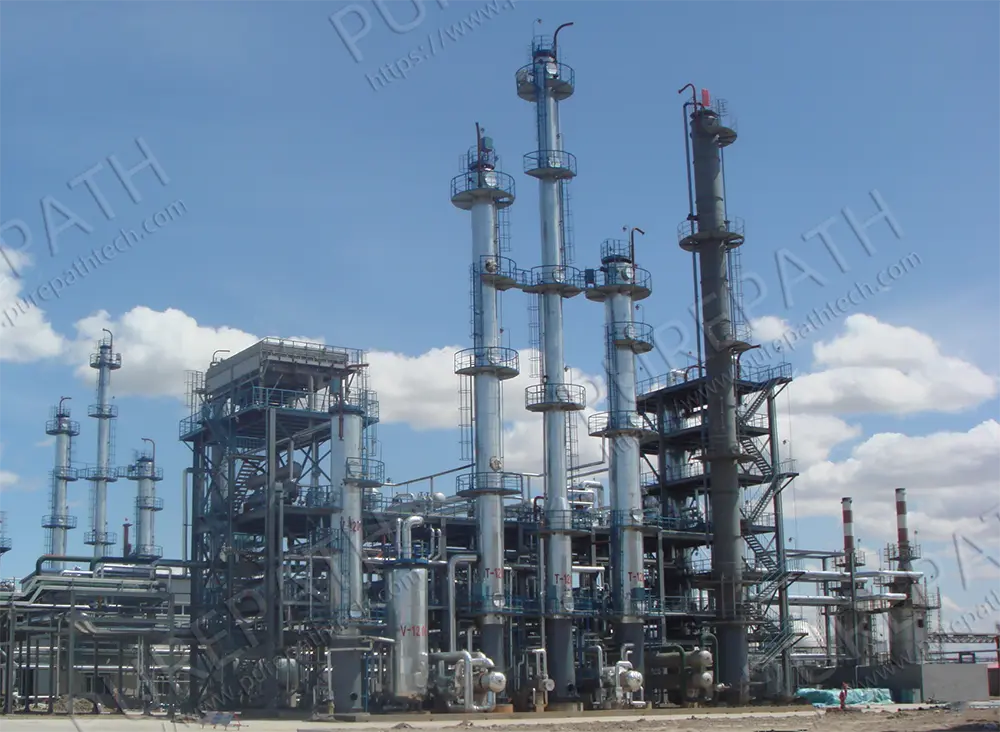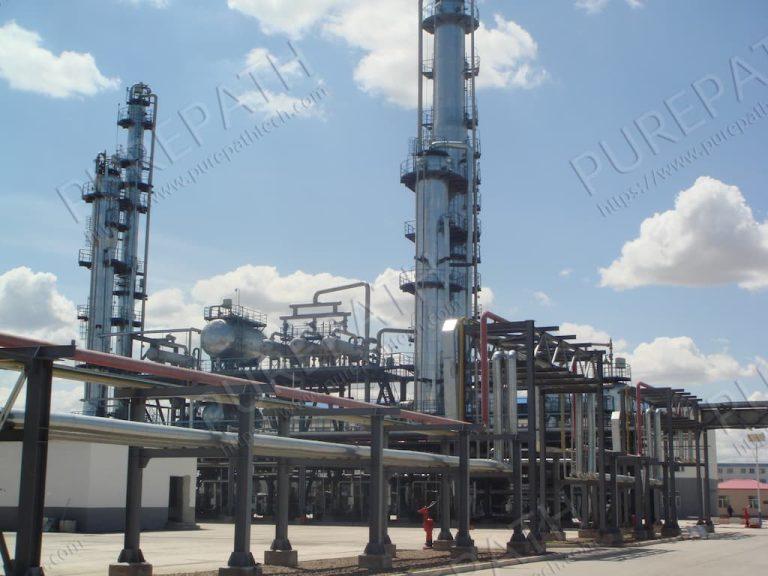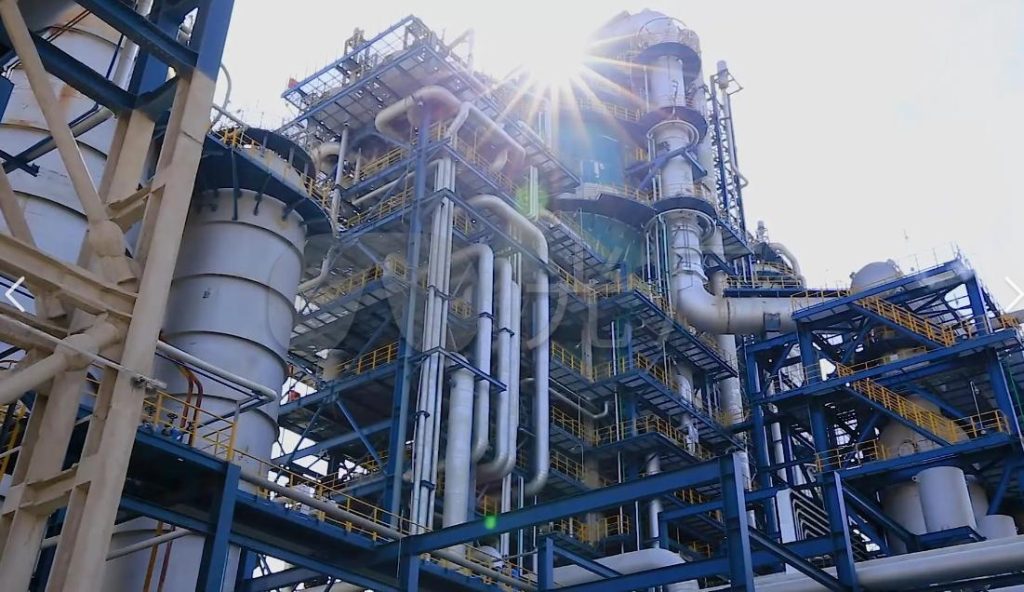Impact of Mineral Oil Recycling on Carbon Footprint Reduction
In an era increasingly characterized by environmental awareness and sustainability, the recycling of mineral oil has emerged as a significant strategy for reducing carbon footprints. Mineral oil, widely used across various industries such as automotive, manufacturing, and energy, presents unique challenges in terms of waste management and environmental impact. As the world grapples with climate change, understanding the implications of mineral oil recycling can help mitigate negative environmental effects, promote resource conservation, and stimulate economic growth.
Overview of Mineral Oil Recycling
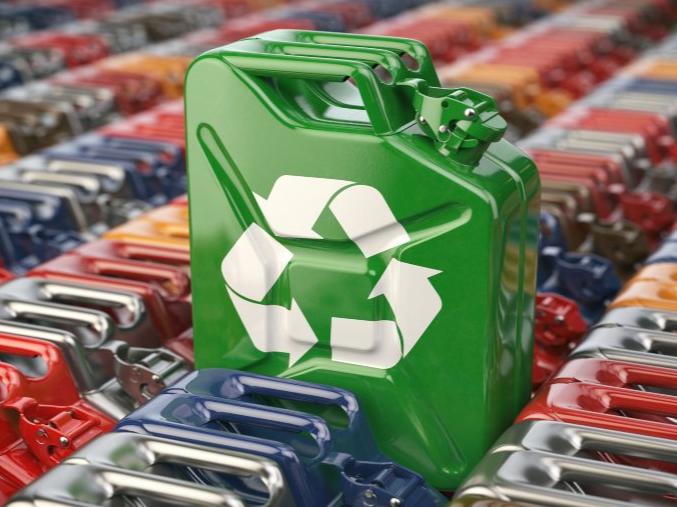
Mineral oil recycling is an essential environmental practice that helps mitigate the negative impacts of used oil disposal while promoting the conservation of valuable natural resources. The process involves collecting used mineral oils, purifying them, and repurposing them for further use in various industries. Given the widespread application of mineral oils in everything from automotive engines to industrial machinery, recycling is vital for reducing waste, minimizing carbon emissions, and conserving energy.
What is Mineral Oil Recycling?
Mineral oil recycling involves reclaiming used or waste oil, thoroughly cleaning it, and restoring it to a reusable state. This process eliminates the need for producing new oil and minimizes the environmental risks posed by waste oil. Unlike disposal methods, such as incineration or dumping in landfills, recycling focuses on recovering the oil’s valuable properties. Through this method, used oil can be refined into a product that matches or even surpasses the quality of newly produced oil.
Mineral oil recycling supports the principles of a circular economy, where resources are continuously reused instead of being discarded. This not only extends the lifespan of the oil but also reduces the need for virgin materials, cutting down on the energy-intensive processes of oil extraction and refining.
Types of Recyclable Mineral Oils
Various types of mineral oils can be efficiently recycled, including:
- Lubricating Oils: Commonly used in automotive engines, gearboxes, and industrial machinery, lubricating oils are some of the most frequently recycled mineral oils. Over time, they accumulate contaminants like metal particles, dirt, and combustion by-products, making recycling essential for reuse.
- Hydraulic Fluids: These oils serve in hydraulic systems for power transmission. As they degrade and become contaminated with water and particles, recycling becomes necessary to prevent environmental damage and to purify them for further industrial use.
- Transformer Oils: Used as electrical insulators and coolants in transformers and electrical equipment, transformer oils play a crucial role in maintaining equipment efficiency and safety. They are regularly recycled to ensure optimal performance and reduce the need for producing new oils.
- Base Oils: These form the foundation for lubricants and greases. After their initial use in industrial processes or transportation, they can be re-refined and recycled to produce high-quality oils for new lubricant production.
Despite their differing properties and uses, all these oils share the potential for recycling, helping to minimize the environmental impact associated with their disposal.
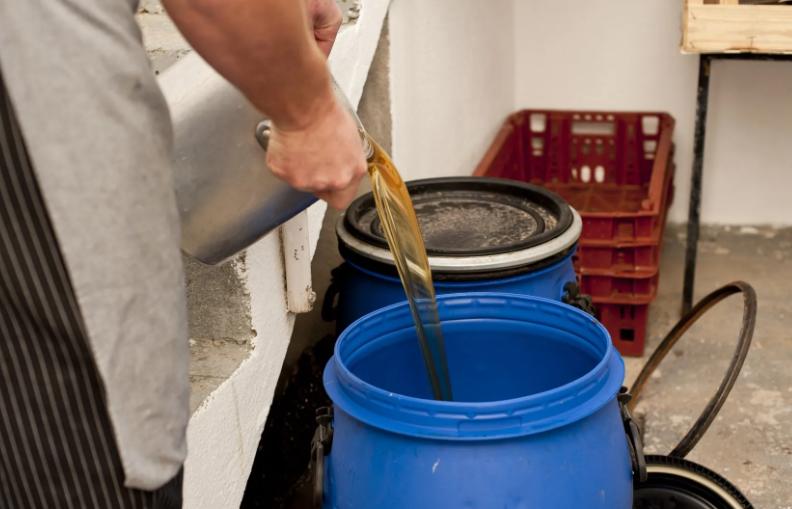
The Mineral Oil Recycling Process
The recycling of mineral oils involves a multi-step process designed to remove contaminants and restore the oil to a usable state. While the exact procedure may differ depending on the type of oil, the process typically includes the following stages:
- Collection: The first step is gathering used oil from sources such as automotive repair shops, industrial facilities, service stations, and other businesses that generate waste oil. Specialized collection services handle the safe transportation of the used oil to recycling plants.
- Pre-treatment and Filtration: At the recycling facility, the oil undergoes an initial filtration to remove large contaminants, including dirt, metal particles, and water. Pre-treatment also involves separating moisture from the oil, as water can negatively impact the quality of the recycled product.
- Distillation: During distillation, the oil is heated to separate its components based on their boiling points. This process eliminates lighter volatile compounds and heavier residues, leaving a cleaner oil. Distillation plays a key role in breaking down used oil into its base components for further purification.
- Hydrotreating or Refining: After distillation, the oil undergoes hydrotreating, a chemical process that removes sulfur, nitrogen, and other impurities. This stage enhances the oil’s stability and improves its performance characteristics, making it suitable for reuse in sensitive applications like engine lubricants or hydraulic systems.
- Additive Reintroduction: Once the oil has been purified, certain additives, such as anti-wear agents or detergents, may be reintroduced to enhance its properties. This step is especially important for recycled oils that need to meet stringent industry performance standards.
- Repackaging and Distribution: Finally, the recycled oil is repackaged and distributed for reuse in machinery, vehicles, or industrial operations. By completing the recycling loop, the oil is restored to perform essential functions, reducing the need for fresh oil production.
The efficiency of this process ensures that the recycled oil is of a high enough quality to meet the performance standards of virgin oils, allowing industries to confidently use it in various applications. Furthermore, the process can be repeated multiple times, making oil recycling a sustainable, long-term solution for reducing waste.
Environmental Impact of Mineral Oil Production and Disposal

The environmental impact of mineral oil production and disposal is profound and multifaceted, affecting ecosystems, air quality, and human health.
- Production: The extraction of crude oil involves drilling, fracking, and transporting fossil fuels, all of which contribute to habitat destruction, soil degradation, and water contamination. Oil spills during extraction or transportation can have catastrophic effects on marine and terrestrial ecosystems, killing wildlife and damaging habitats. Furthermore, the refining process releases significant greenhouse gases, contributing to climate change. The energy-intensive nature of these processes results in substantial carbon emissions, exacerbating global warming.
- Disposal: Once mineral oils have reached the end of their useful life, improper disposal poses further environmental risks. Many businesses discard used oils in landfills or incinerate them, releasing harmful pollutants into the atmosphere. When mineral oil seeps into soil or waterways, it can lead to contamination that affects drinking water supplies and disrupts local ecosystems. The toxic compounds in used oil, including heavy metals and hydrocarbons, can accumulate in the food chain, posing risks to wildlife and human health.
In summary, both the production and disposal of mineral oil have significant environmental implications, highlighting the urgent need for effective recycling and waste management practices to mitigate these impacts.
The Role of Mineral Oil Recycling in Carbon Footprint Reduction
Mineral oil recycling plays a crucial role in reducing the carbon footprint by addressing the environmental impact of both oil production and waste disposal. Recycling used mineral oils cuts down on greenhouse gas emissions, conserves energy, and reduces the demand for raw materials, making it a key strategy for mitigating climate change. Below are the specific ways in which mineral oil recycling contributes to carbon footprint reduction:
- Energy Conservation: Producing new oil from raw materials requires extensive energy for extraction, transportation, and refining. Recycling mineral oils, however, uses significantly less energy, resulting in reduced carbon dioxide (CO₂) emissions.
- Reduction in Greenhouse Gas Emissions: Recycling helps avoid the incineration or improper disposal of used oils, which can release harmful pollutants and greenhouse gases like methane and carbon dioxide. By reprocessing oil instead of burning or landfilling it, recycling directly lowers emissions.
- Lower Resource Extraction: By extending the life of existing mineral oil through recycling, industries reduce their reliance on crude oil extraction, which is energy-intensive and leads to habitat destruction. This lowers the environmental toll of extracting, refining, and transporting new oil.
- Reduced Landfill Use: Recycling minimizes the volume of used oil ending up in landfills, which decreases methane emissions—one of the most potent greenhouse gases that accelerates global warming.
In summary, mineral oil recycling not only conserves resources but also significantly reduces energy consumption and emissions, making it a powerful tool in the fight against climate change.
The Role of Waste Oil Recycling Plants in Mineral Oil Recycling
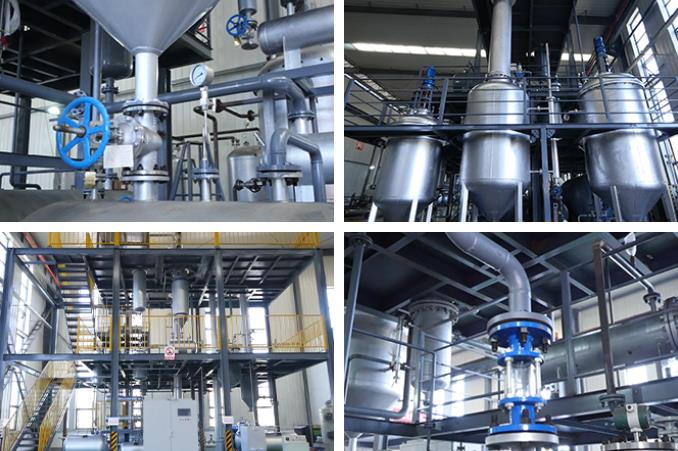
Waste oil recycling plants are integral to the effective recycling of mineral oils, providing essential infrastructure and expertise to ensure that used oils are processed safely and efficiently. These facilities play a multifaceted role in the recycling ecosystem, focusing on environmental protection, resource recovery, and community engagement. Their contributions can be outlined as follows:
- Collection and Logistics: Waste oil recycling plants often establish comprehensive collection networks, coordinating with automotive shops, industrial facilities, and municipal waste management systems to gather used oils. This centralized collection helps streamline the recycling process.
- Advanced Processing Technologies: Equipped with state-of-the-art technology, recycling plants employ sophisticated methods for filtering, distilling, and refining used mineral oils. These technologies are essential for removing impurities and restoring oils to a high-quality state suitable for reuse.
- Environmental Compliance: These plants operate under strict environmental regulations, ensuring that the recycling process minimizes pollution and adheres to safety standards. By managing waste responsibly, they help prevent soil and water contamination.
- Public Awareness and Education: Many recycling facilities engage in outreach programs to educate the public and businesses about the importance of proper oil disposal and the benefits of recycling, fostering a culture of environmental responsibility.
- Economic Impact: By recycling waste oils, these plants contribute to local economies through job creation and by providing cost-effective, recycled products to industries, further stimulating sustainable practices.
Through these roles, waste oil recycling plants not only facilitate the efficient recycling of mineral oils but also promote broader sustainability initiatives within communities and industries.
For more information about waste oil recycling plants, you can contact Purepath.


